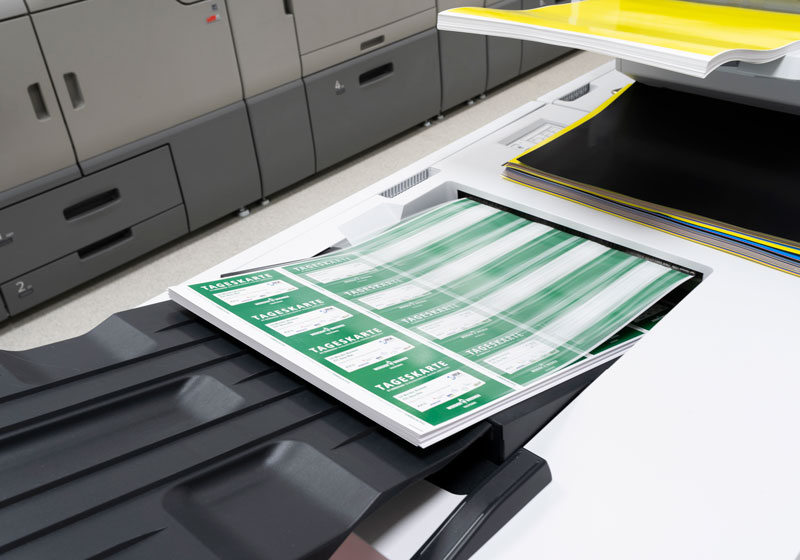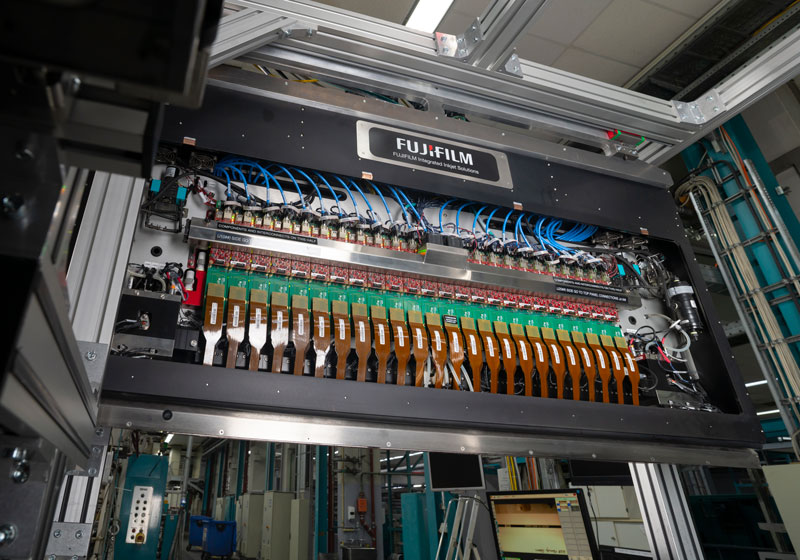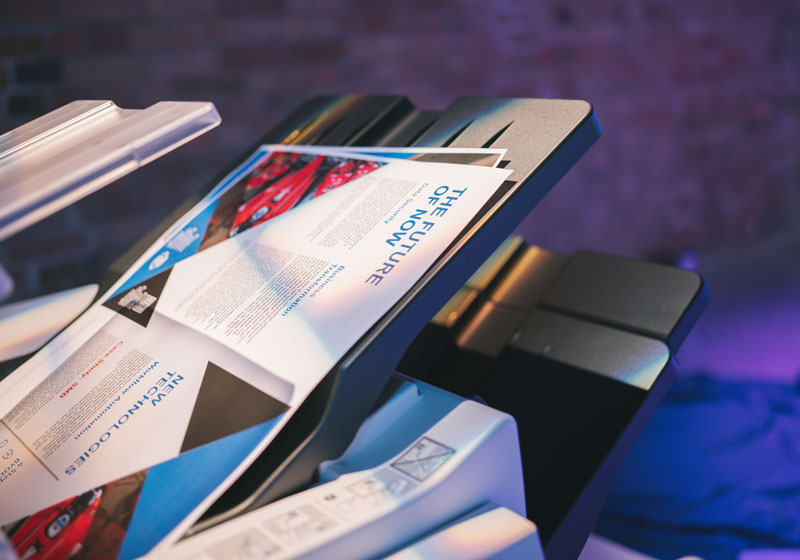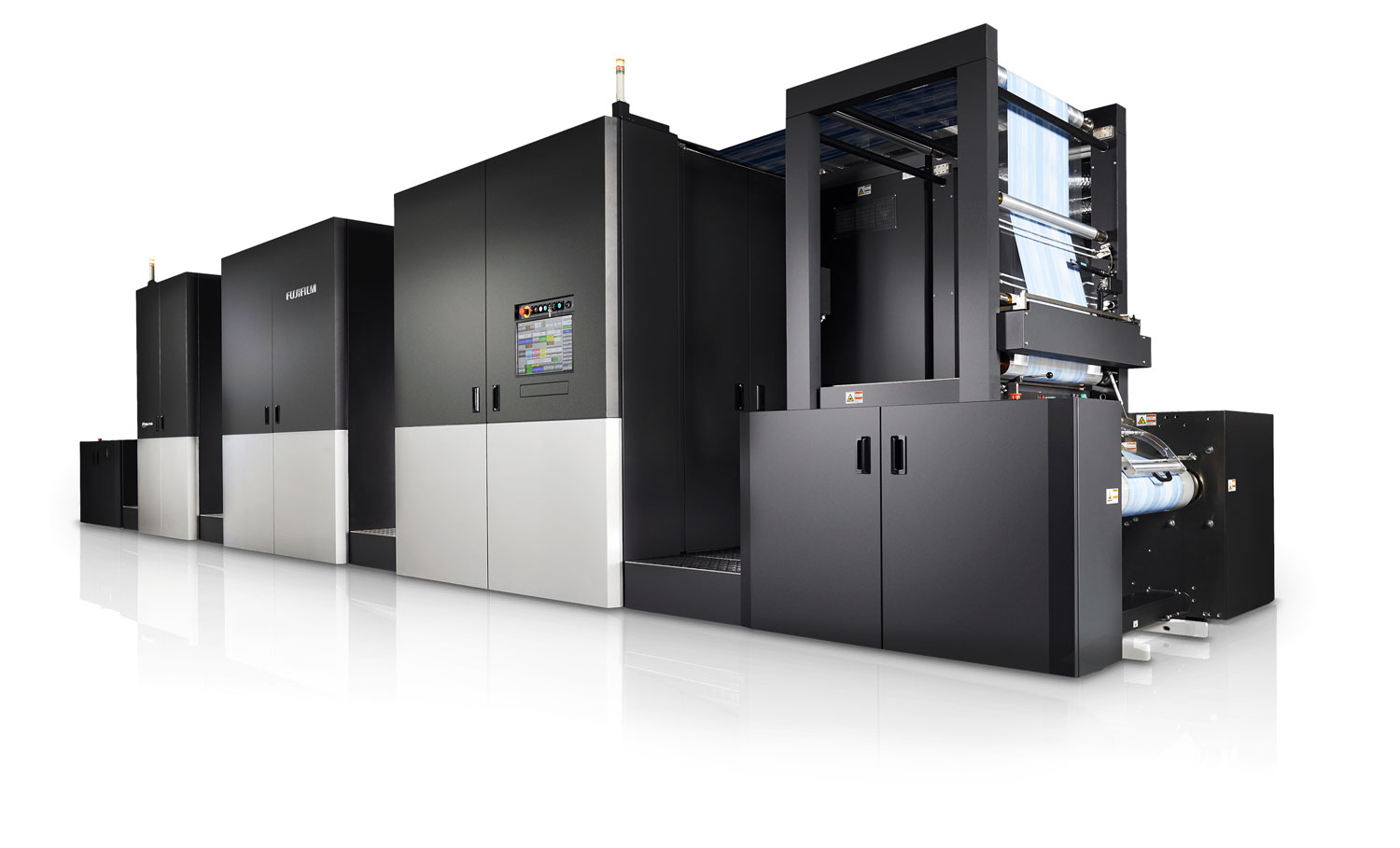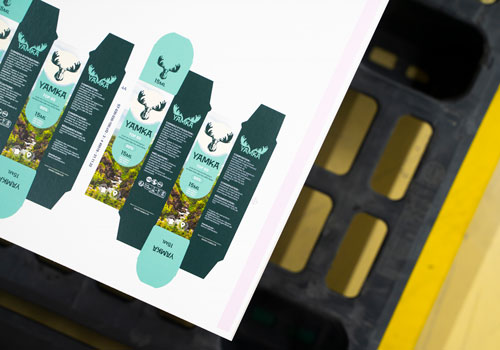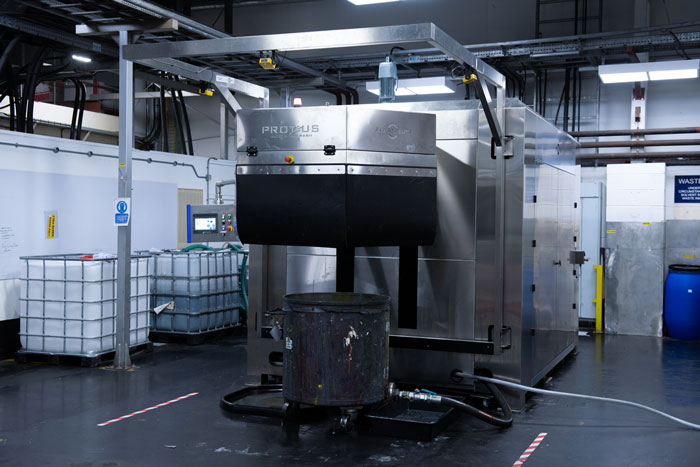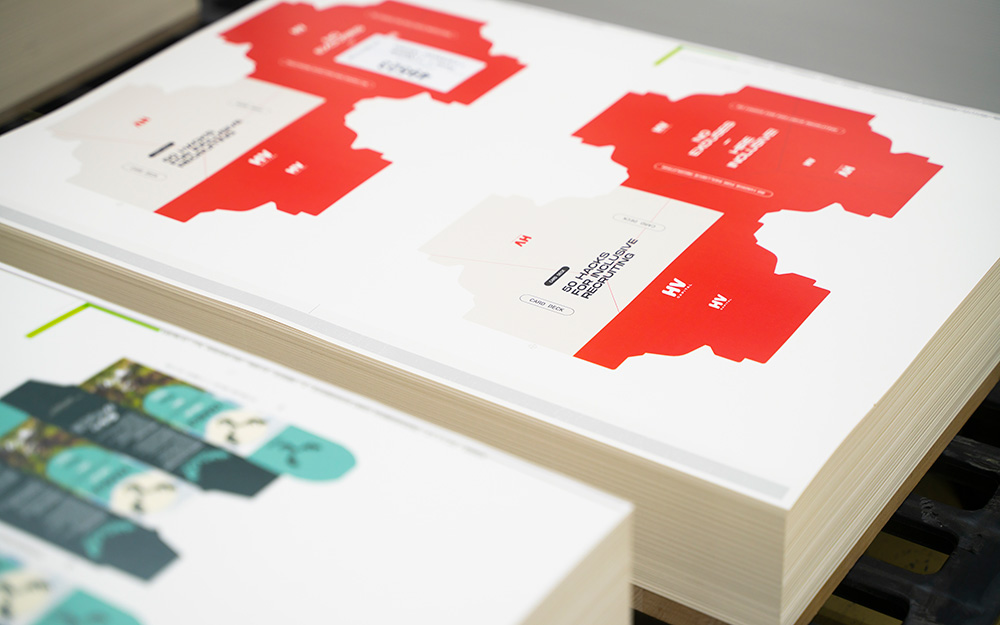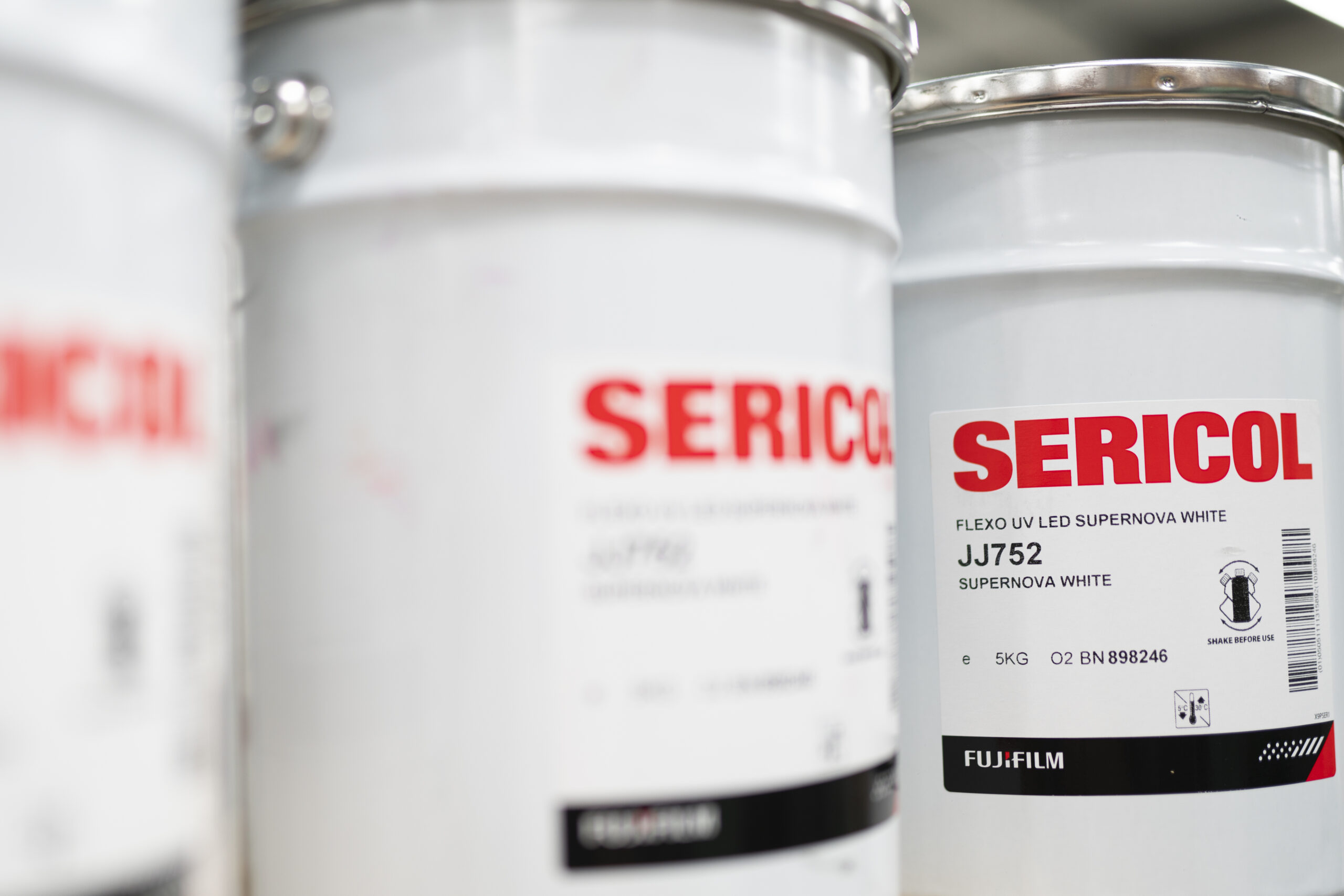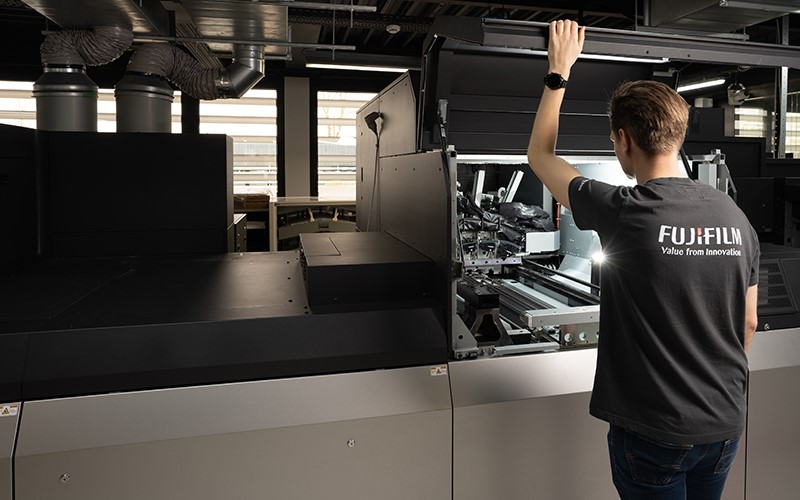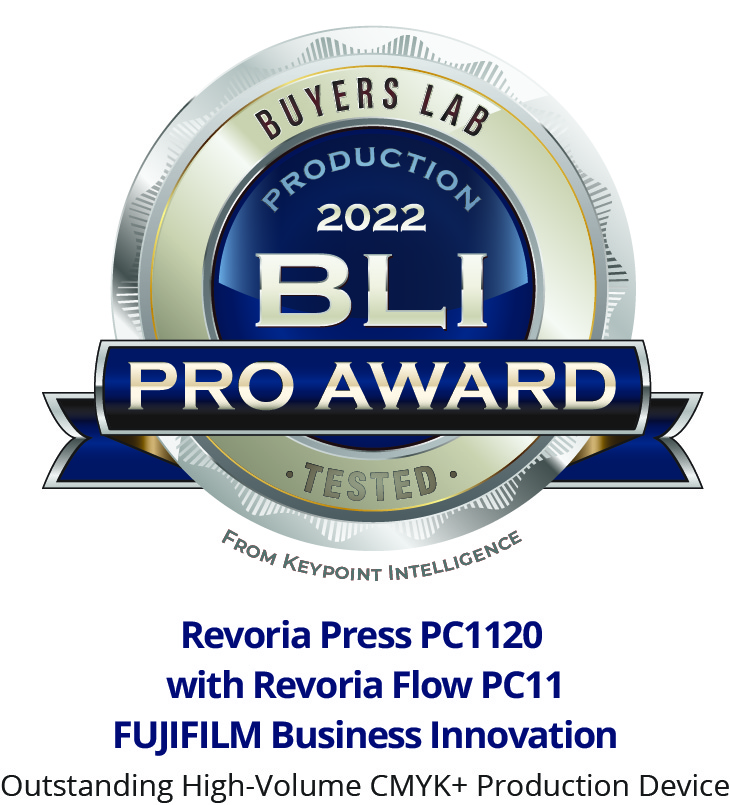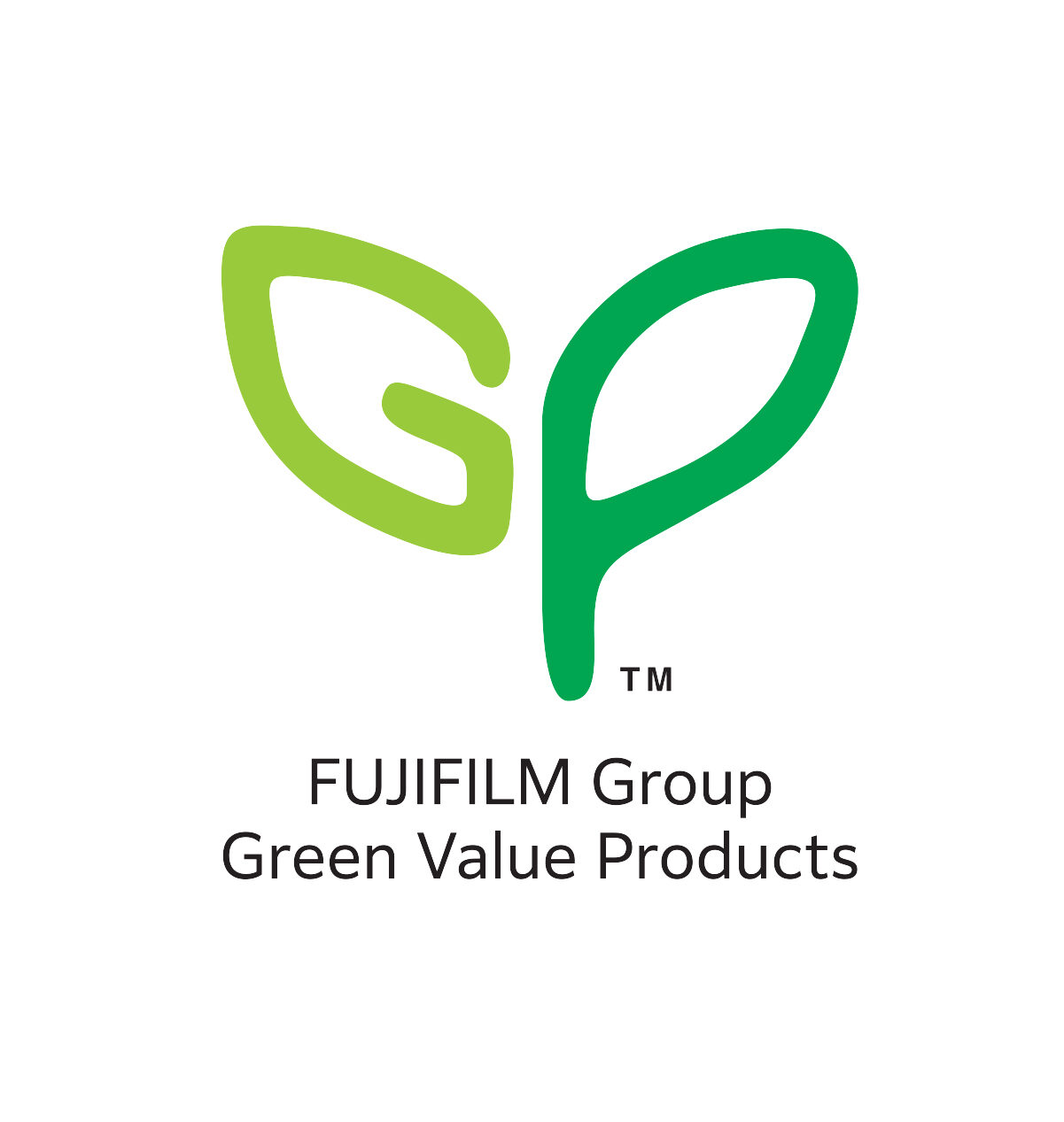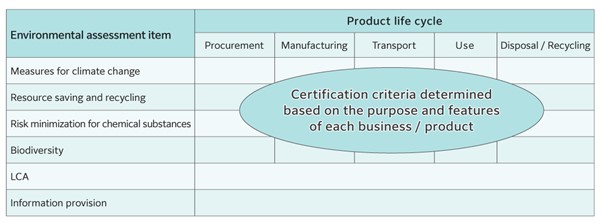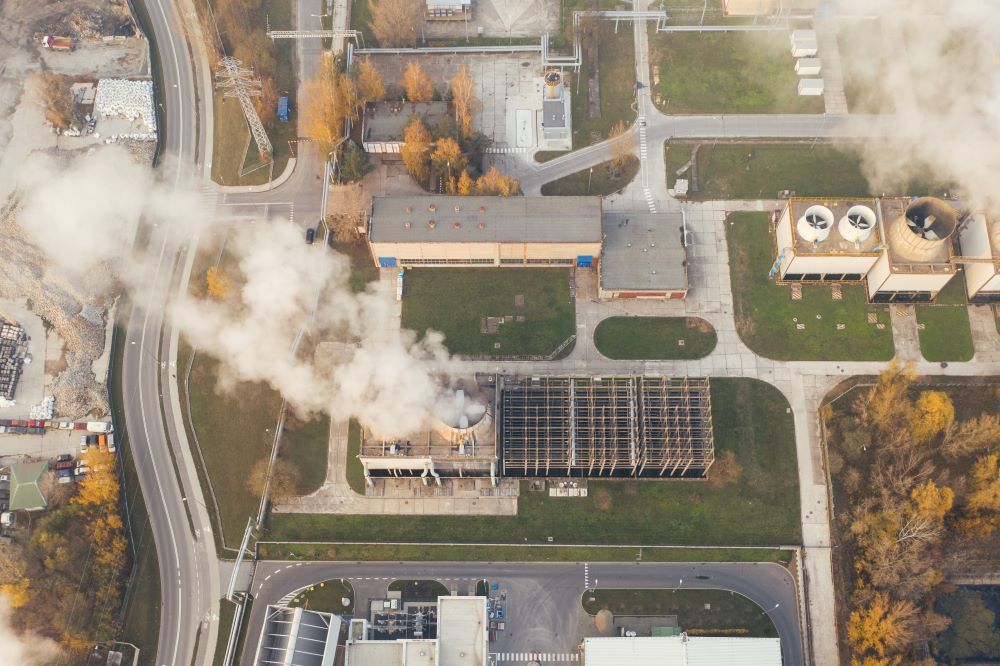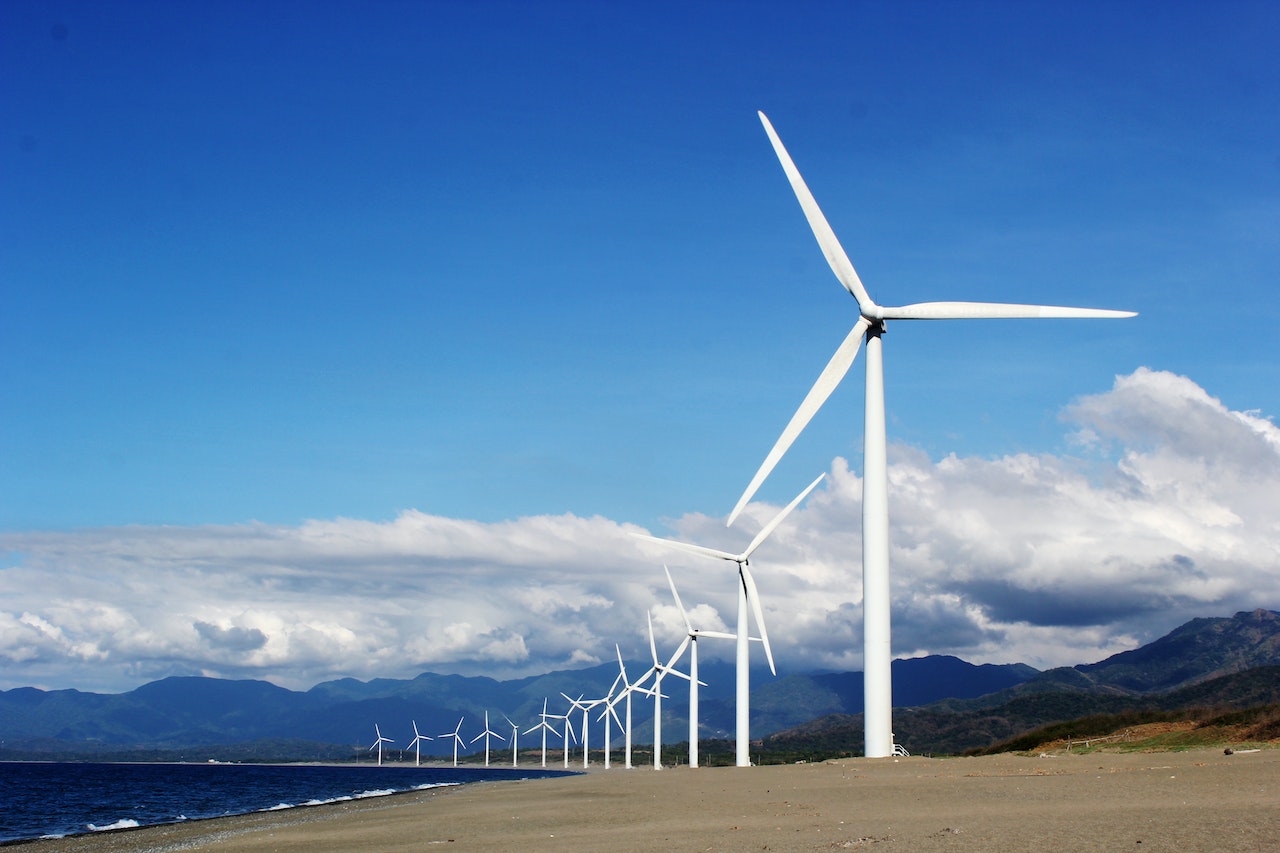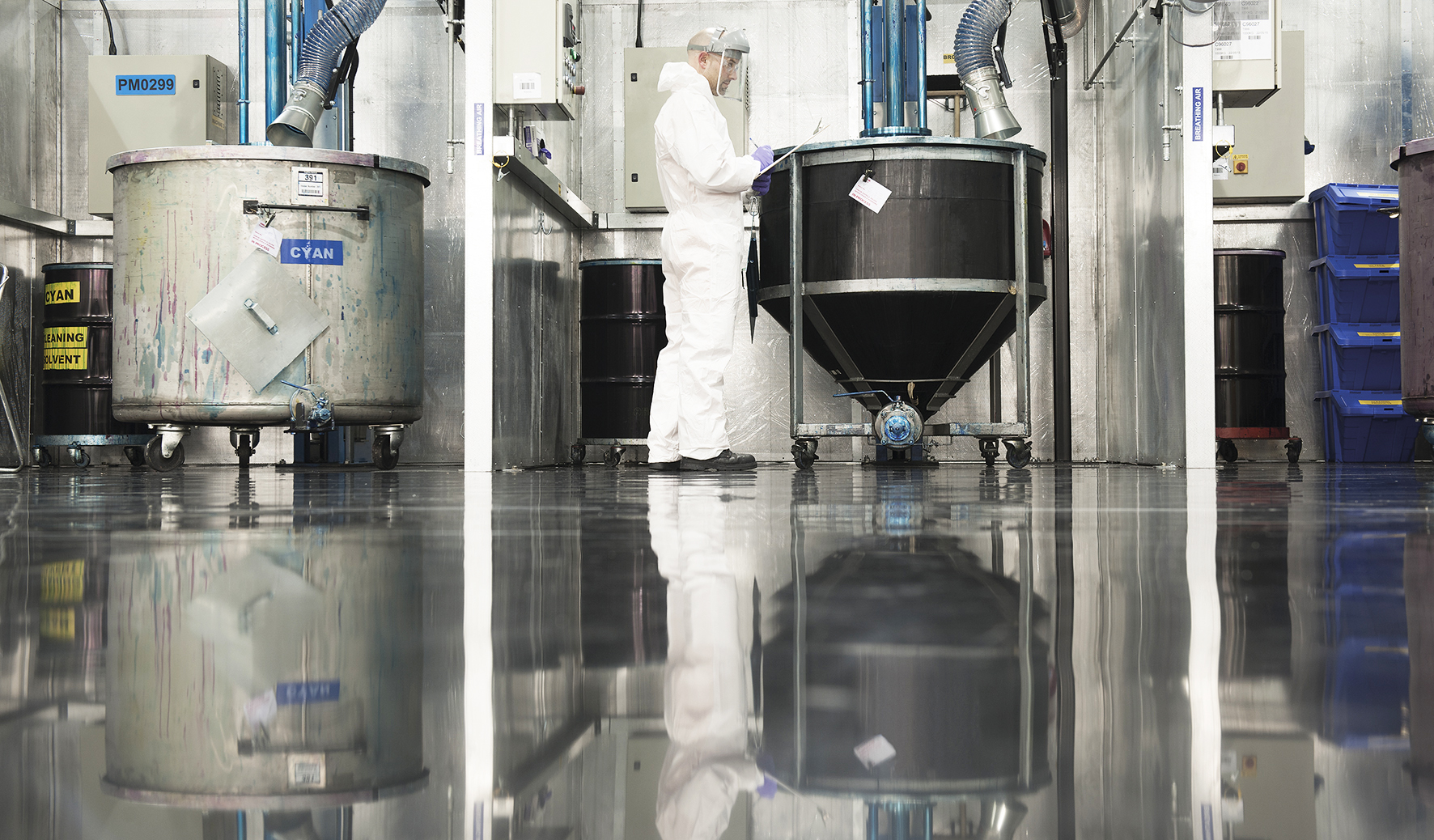Lesen Sie den Artikel
Lesezeit: 6 minutes
Der sich schnell verändernde Schilder- und Displaymarkt erfordert flexible Lösungen, um mit der sich ändernden Nachfrage Schritt zu halten. Zwar gibt es immer noch Verbesserungen in Bezug auf Geschwindigkeit und Qualität, aber diese sind zunehmend marginal, und es sind die Bereiche Preis-Leistungs-Verhältnis und Vielseitigkeit, in denen es Möglichkeiten für eine echte Differenzierung gibt.
Die Verschiebung hin zu einer immer größeren Vielseitigkeit ist teilweise eine Folge der Covid-Pandemie, bei der Druckdienstleister, insbesondere diejenigen, die in der Vergangenheit hoch spezialisiert waren, gezwungen waren, sich anzupassen und in neue Arten von Technologie zu investieren, um neue Märkte mit einer vielfältigeren Palette von Anwendungen zu bedienen.
Eine Reaktion des Marktes auf diesen Wandel war ein deutlich gestiegenes Interesse an Hybriddruckmaschinen und den offensichtlichen Vorteilen, die sie durch ihre Flexibilität und Vielseitigkeit bieten. Als Fujifilm im Jahr 2021 seine Acuity-Serie mit Großformatmaschinen komplett überarbeitete und neu auf den Markt brachte, geschah dies unter anderem, um besser auf genau diese Art von Marktveränderungen reagieren zu können. Die Acuity Ultra Hybrid LED und die Acuity Prime Hybrid sind ein erster Beweis dafür, dass diese Strategie genau wie geplant funktioniert.
Dieser Artikel befasst sich insbesondere mit der Acuity Prime Hybrid und geht näher darauf ein, was sie von der Konkurrenz unterscheidet. Er bietet einige Einblicke in ihre echten Hybrideigenschaften und ihren Platz in der sich weiterentwickelnden Druckindustrie.

Ein echte Hybridplattform
Was meinen wir mit „echt hybrid“? Abgesehen von dem Offensichtlichen – der Fähigkeit, auf einer breiten Palette von starren und flexiblen Substraten zu drucken – was macht eine „echte“ Hybriddruckmaschine aus? Vielleicht können wir uns der Beantwortung dieser Frage annähern, indem wir uns zunächst damit befassen, was eine solche Maschine nicht ist. Es handelt sich nicht um eine Flachbettdruckmaschine mit optionaler Rollenfunktion und auch nicht um ein Rolle-zu-Rolle-Maschine mit einem Flachbetttisch als Sonderausstattung. Solche Maschinen haben ihre Berechtigung, aber ausschließlich in Umgebungen, in denen diese zusätzliche Funktionalität nur gelegentlich benötigt wird. Im heutigen Druckmarkt, in dem es darauf ankommt, ein möglichst breites Spektrum an Aufträgen zu bewältigen und zu liefern, sind diese „Halb-Hybride“ oft nicht mehr gut genug.
Mit einer echten Hybridmaschine erhalten Sie eine außergewöhnliche Leistung, egal ob Sie starre oder Rollenmedien bedrucken, denn die Maschine ist für beides konzipiert, und nicht für eine der beiden Varianten, die einfach nur aufgeschraubt wurde. Und wenn die Bauqualität der Maschine gut genug ist, dann bleibt diese außergewöhnliche Leistung auch bei sehr langen Aufträgen konstant, egal ob es sich um Rolle-zu-Rolle oder starre Medien handelt, was die ultimative Flexibilität bietet.
Eine echte Hybridmaschine eröffnet hingegen eine Reihe von Möglichkeiten für Druckdienstleister, die nach Wachstumschancen suchen. Damit sind sie in der Lage, in kürzerer Zeit mehr zu produzieren.
Entwickeln und fertigen
Die Acuity-Reihe von Fujifilm kombiniert preisgekröntes britisches Design mit japanischer Qualitätssicherung und sorgfältigen Fertigungsprozessen. Diese außergewöhnliche Design- und Fertigungsqualität ist in Bezug auf alle Leistungsaspekte der Maschine bemerkenswert, aber ein Bereich, der für die Acuity Prime Hybrid besonders relevant ist und sie als hervorragendes Beispiel einer „echten“ Hybriddruckmaschine auszeichnet, ist das Medienhandling. Die industrielle Fertigungsqualität der Acuity Prime Hybrid ermöglicht es, Rollen mit einem Gewicht von bis zu 100 kg zu handhaben, was weit über das hinausgeht, was eine modifizierte Flachbettmaschine bewältigen könnte. Und nicht nur das: Die Medien werden auch außergewöhnlich gut geführt, was bedeutet, dass die Maschine auch bei langen Druckaufträgen mit minimalem Bedienereingriff eingesetzt werden kann.
Druckfarben der Spitzenklasse
Im Hinblick auf Druckfarben und Härtung bietet die Acuity Prime Hybrid einen weiteren Vorteil gegenüber vielen ihrer Konkurrenten. Dank der Fujifilm-Druckfarben mit UV- und energiesparender LED-UV-Härtung ist die Acuity Prime Hybrid nicht nur schneller als viele ihrer Konkurrenten, sondern kann auch eine viel breitere Palette von Substraten bedrucken. Das bedeutet, dass empfindliche Medien viel einfacher verwendet und mit höheren Geschwindigkeiten bedruckt werden können, als dies sonst möglich wäre. Das Härten von Latex erfordert zum Beispiel ein heißeren Trocknungsprozess. Eine geringere Betriebstemperatur bringt natürlich auch einen geringeren Energieverbrauch mit sich, was wiederum zu niedrigeren Energiekosten führt. Das Resultat: Zusätzlich zu den potenziellen Kosteneinsparungen wird auch die Umwelt geschont – ohne Leistungseinbußen.
Die UV-Inkjet-Druckfarben von Fujifilm sind außerdem Greenguard Gold-zertifiziert und eignen sich daher für eine Reihe von Anwendungen im Innenbereich, beispielsweise Wandverkleidungen.
Echte Vielseitigkeit
Die Acuity Prime Hybrid zeichnet sich auch durch ihre Druckbreite von 2,05 m aus, eine Eigenschaft, die über die Standardbreite von 1,6 m der meisten Alternativen hinausgeht. Diese erweiterte Kapazität ist keine Premium-Funktion und macht die Maschine so zu einer realisierbaren Option für Unternehmen auf dem Weg zu neuen Zielen. Die größere Druckbreite der Maschine bietet die Freiheit, Rollen verschiedener Größen effizient zu bedrucken, sowie die Möglichkeit, mehrere Platten nebeneinander zu verarbeiten. Gleichzeitig sinkt die Notwendigkeit von Beschnitt oder Größenanpassung, was sowohl Zeit als auch Ressourcen spart. Diese Vielseitigkeit öffnet die Türen zu einer Vielzahl von Anwendungen, von der Beschilderung im Einzelhandel bis hin zu widerstandsfähigen Displays für den Außenbereich.
In einer Zeit, in der Anpassungsfähigkeit von entscheidender Bedeutung ist, stellt die Acuity Prime Hybrid eine ideale Lösung für Druckereien dar, die wettbewerbsfähig bleiben und auf den sich ständig verändernden Markt reagieren wollen.

Bewährte Lösung
Die Acuity Prime Hybrid hat sich bereits in realen Geschäftsumgebungen bewährt.
David Allen, Managing Director von Allen Signs im Vereinigten Königreich, hat im August 2023 als Erster in diese Maschine investiert. Er sagt, dass sich die Druckmaschine durch ihr hervorragendes Medienhandling nicht nur von den Mitbewerbern abhebt, sondern auch in der Lage ist, schwierige Substrate, z. B. Metallic-Material, kosteneffizient zu bedrucken.
O-Ton Allen: „Da wir uns mit Hybridmaschinen auskennen, sahen wir in der Acuity Prime Hybrid eine Möglichkeit, die Marke Fujifilm genauer zu erkunden. Mit der Maschine können wir jetzt unsere gewohnten Erzeugnisse mit minimalen Problemen, hervorragender Qualität und höchster Tintenleistung produzieren.“
Matt Ryder, Druckspezialist bei Allen Signs, fügt hinzu: „Wir haben einen Druckauftrag auf der neuen Fujifilm-Maschine ausprobiert und waren sofort überzeugt. Sie war perfekt. Was die Substrate angeht, so haben wir noch keines gefunden, das nicht funktioniert.“
Allen Signs ist das erste von vielen Unternehmen in Europa und auf der ganzen Welt, das von einer Maschine profitiert, die sowohl ein wirklicher Hybrid als auch ein echter Wegbereiter für den Großformatdruck ist.
Acuity Prime Hybrid
Entdecken Sie die revolutionäre Großformatmaschine, die sich für eine Vielzahl von kreativen Anwendungen eignet.
Entdecken Sie die Acuity Prime Hybrid